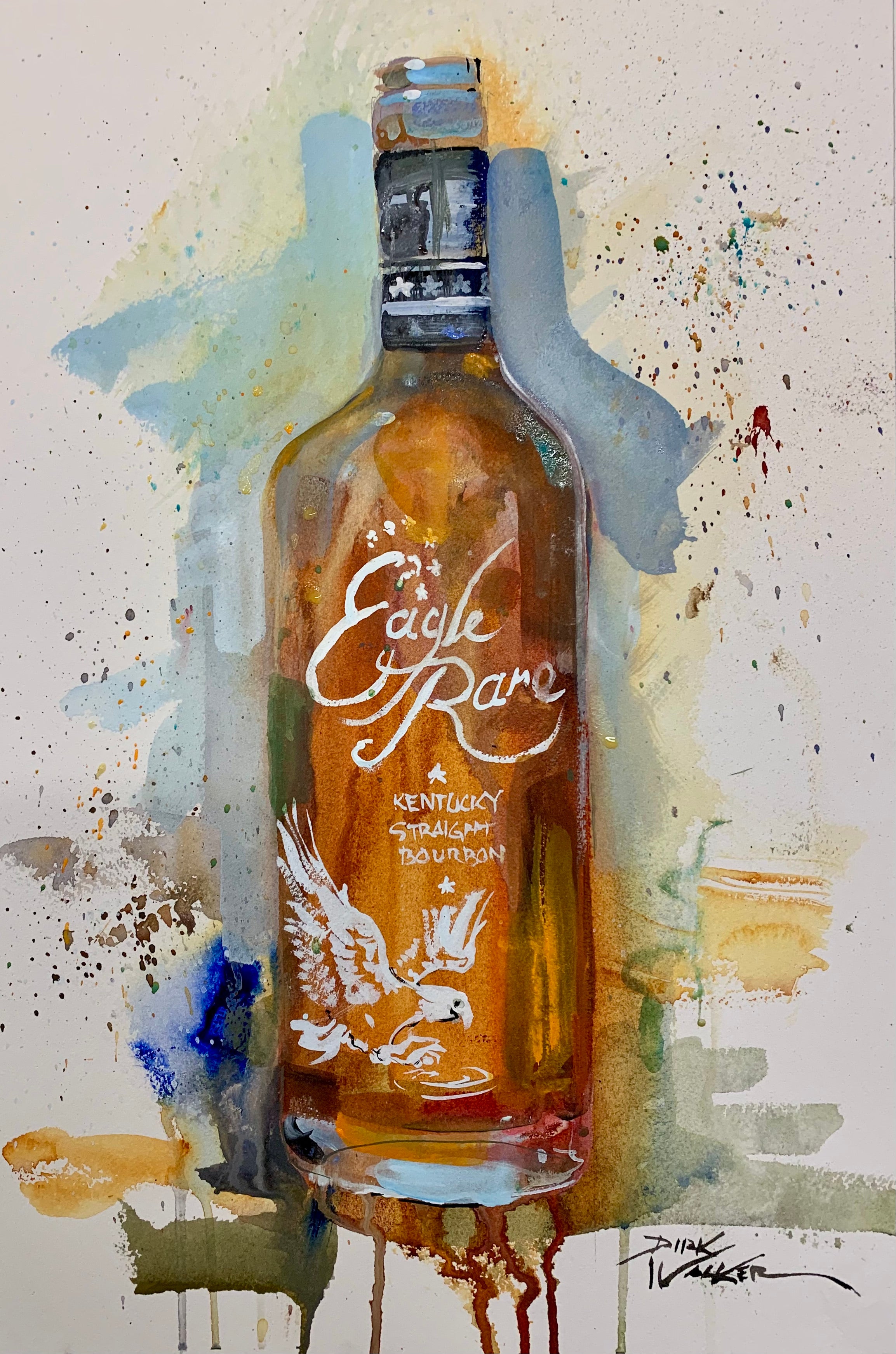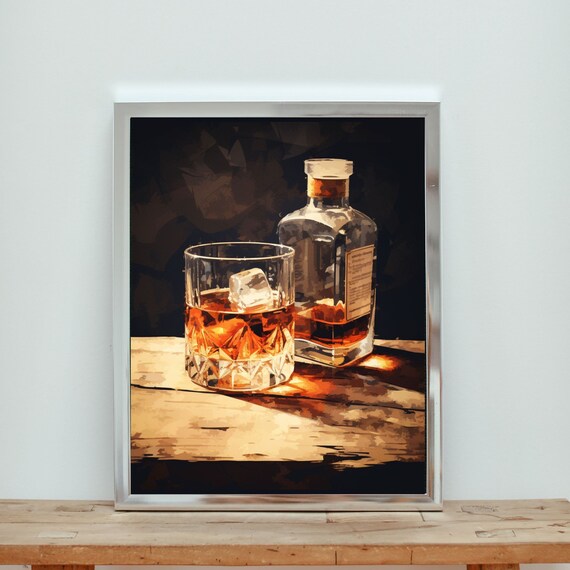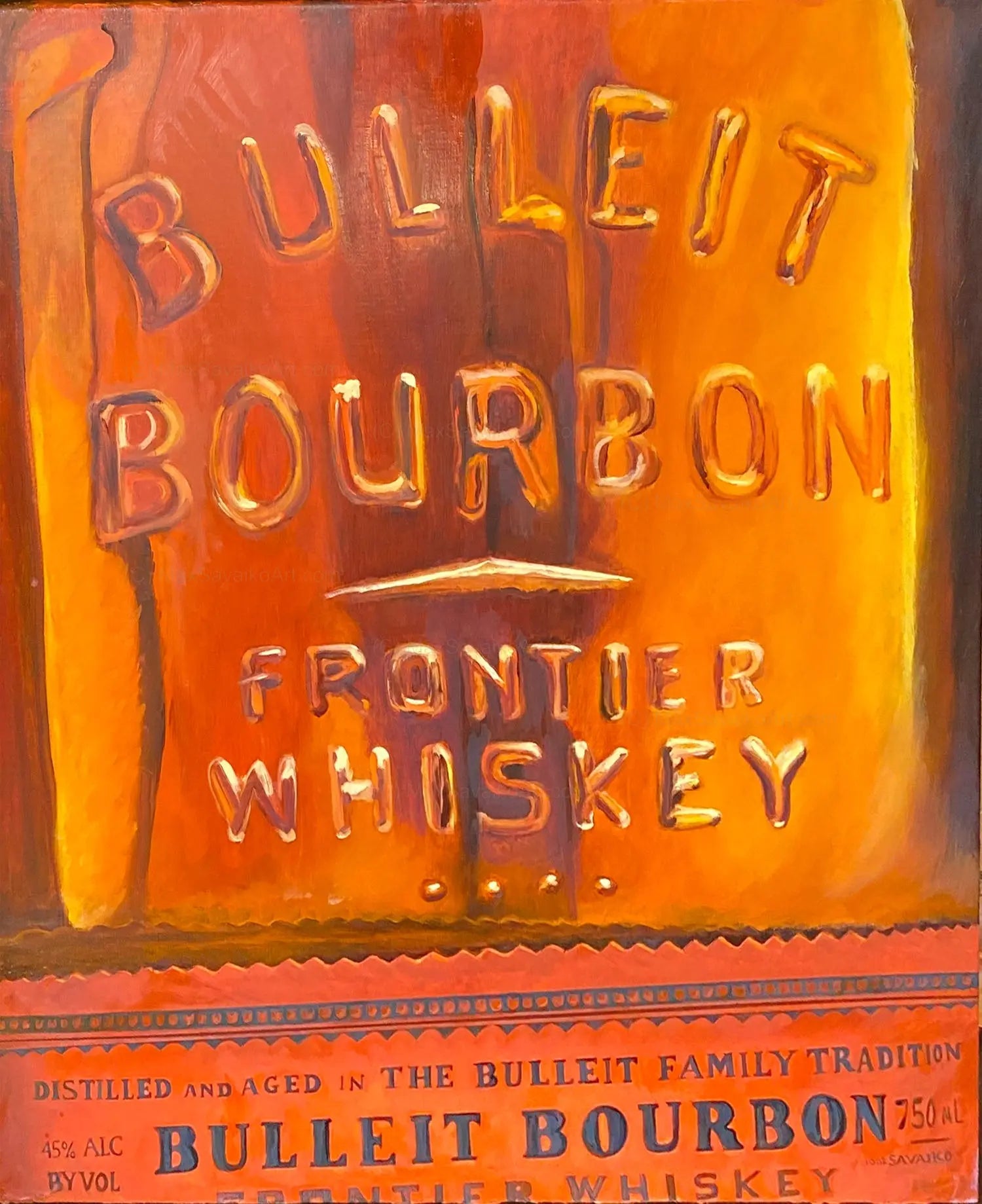The Significance of Whiskey Art in Celebrating Heritage and Workmanship in the Beverage Sector
The complex connection between whiskey art and the celebration of heritage and craftsmanship within the drink sector can not be overemphasized. With thoughtfully designed containers and labels, whiskey brands encapsulate their historic roots and the artisanal skills that specify their production techniques.
The Historical Roots of Whiskey
At the heart of bourbon's appeal lies a rich tapestry of historical roots that trace back to ancient human beings. The beginnings of whiskey can be connected to the distillation practices of the Sumerians and Babylonians around 2000 BCE, where very early forms of fermented grain drinks began to emerge. It was in the Center Ages that the art of distillation progressed significantly, especially in Ireland and Scotland, leading to the creation of scotch as we understand it today.
The term "scotch" itself stems from the Gaelic word "uisce beatha," implying "water of life." This phrase emphasizes the cultural relevance of whiskey in Celtic cultures, where it was frequently related to rituals, events, and public bonding. By the 15th century, distillation ended up being an identified craft within monastic areas, leading the way for the facility of lawful distilleries.
As trade courses broadened, whiskey's appeal grew, transcending regional limits and capturing the passion of connoisseurs worldwide. Realism Art. This historical trip shows not just the craftsmanship behind bourbon manufacturing yet additionally its indispensable duty in social and social contexts, noting it as a significant beverage throughout history
Artistic Expression in Branding
Whiskey branding stands as a compelling crossway of creativity and commerce, where visual identification plays a vital function in shaping customer perception. The visual appeals of bourbon tags, packaging, and marketing materials mirror not only the brand's tale yet likewise its core values and heritage. With creative expression, distilleries share a narrative that reverberates with customers, evoking emotions and stimulating connections.
The use of color, typography, and imagery in branding serves to set apart items in a saturated market. Conventional motifs might evoke a feeling of authenticity and craftsmanship, while modern-day layouts can indicate development and forward-thinking. This critical creative instructions boosts brand name recognition and commitment, permitting consumers to build a personal connection with the bourbon they choose.
Moreover, creative expression in branding typically functions as a celebration of local heritage. Distilleries regularly incorporate neighborhood symbols or historical referrals into their styles, producing a feeling of location that welcomes consumers to take part in a more comprehensive social experience. Inevitably, the virtuosity behind bourbon branding not only boosts aesthetic appeal however also improves the overall story of the brand name, cultivating a deeper admiration for the workmanship and heritage ingrained in each bottle.
Workmanship in Container Design
The virtuosity apparent in scotch branding prolongs beyond aesthetic identity to encompass the craftsmanship associated with bottle layout. Each container acts as a vessel not just for the spirit within, yet additionally for the story it outlines its origin, tradition, and top quality. The design process requires careful focus to detail, as elements such as product, form, and closure contribute substantially to the total assumption of the bourbon.
Workmanship in container layout entails choosing premium glass that can boost the whiskey's color and clearness, while likewise supplying a tactile experience for the consumer. The silhouette of the container should be both functional and cosmetically enticing, often mirroring the heritage of the brand. Lots of distilleries opt for one-of-a-kind forms or embossed logo designs that stimulate a feeling of authenticity and history.
Furthermore, the tag design and typography play a vital duty in interacting the brand's story. Whiskey Art. A well-crafted container not look at this site only astounds the consumer's eye but likewise enhances the brand name's dedication to top quality and tradition. This way, the workmanship of container style becomes an important element of the scotch experience, merging creativity with an extensive regard for heritage
Cultural Relevance of Whiskey Art
Celebrating practice and workmanship, the social significance of scotch art goes beyond mere looks, linking with the historical and social stories of the regions from which it originates. Each container functions as a canvas, showing the distinct stories, mythology, and customs that have formed neighborhood whiskey-making techniques. The complex styles often reflect the heritage of the distillers, incorporating signs and concepts that resonate with the culture and values of their areas.

Additionally, bourbon art plays a vital duty in public events and celebrations, acting as a concrete link in between individuals and their shared experiences. By appreciating the virtuosity in whiskey product packaging, consumers cultivate a deeper understanding and regard for the craft, eventually enhancing their enjoyment of the beverage itself.
Modern Trends in Scotch Discussion
In recent times, the discussion of whiskey has evolved to mirror contemporary preferences and fads while still honoring traditional workmanship - Limited Edition. Distilleries are increasingly concentrating on visual aspects that boost the general alcohol consumption experience, linking the space in between heritage and modernity
Innovative container designs have emerged, commonly integrating sustainable materials and creative tags that tell This Site engaging stories. Several brand names currently collaborate with local artists, infusing their items with one-of-a-kind aesthetic expressions that resonate with customers. In addition, limited-edition releases are often packaged in collectible containers, adding worth and charm for lovers.

Verdict
In final thought, scotch art works as a vital channel for revealing the her response heritage and workmanship inherent in the beverage market. Via detailed branding, innovative bottle styles, and culturally substantial imaginative elements, whiskey brands efficiently honor their customs and get in touch with customers. This imaginative story not just boosts the appreciation of whiskey yet also reinforces community identity and pride among producers. Ultimately, whiskey art plays an important role in preserving and celebrating the rich cultural tapestry of whiskey-making.


Craftsmanship in bottle layout entails choosing premium glass that can improve the whiskey's shade and clearness, while also providing a responsive experience for the consumer. In this way, the workmanship of bottle design comes to be a crucial aspect of the bourbon experience, merging artistry with an extensive respect for heritage.
In conclusion, bourbon art serves as an essential conduit for expressing the heritage and workmanship fundamental in the drink market.